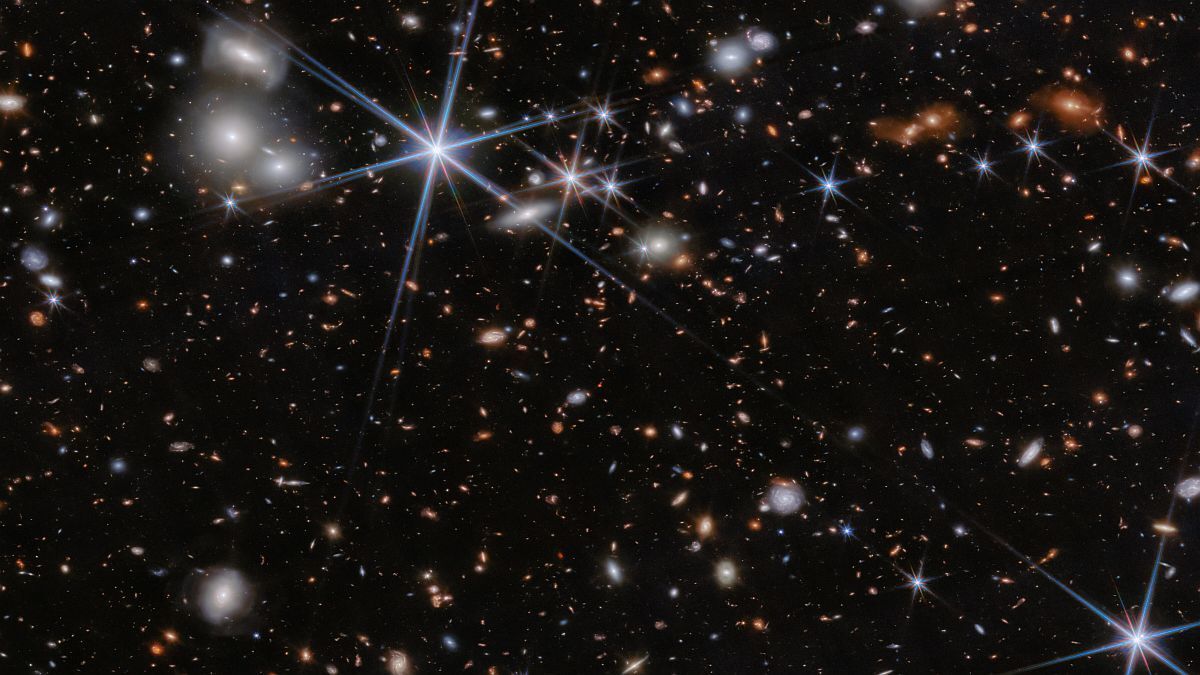An international team of astronomers used the James Webb Space Telescope of NASA, the European Space Agency (ESA), and the Canadian Space Agency (CSA) to find evidence of the existence of… An ongoing merger between two galaxies and their supermassive black holes when the universe was only 740 million years old.
This represents the farthest detection of a black hole merger ever, and the first time this phenomenon has been detected so early in the universe. Astronomers have discovered supermassive black holes millions to billions of times the mass of the Sun in most massive galaxies in the local universe, including our own Milky Way. These black holes are likely to have a significant impact on the evolution of the galaxies in which they reside. but, Scientists still don't fully understand how these objects grew to be so massive.
The discovery of giant black holes that already existed in the first billion years after the Big Bang indicates this Such growth must have occurred very quickly and very early. Now, the James Webb Space Telescope is shedding new light on the growth of black holes in the early universe. Webb's new observations have provided evidence of the ongoing merger of two galaxies and their massive black holes when the universe was only 740 million years old.
The system is known as ZS7. Massive black holes that accumulate matter have distinct spectral properties that allow astronomers to identify them. For very distant galaxies, like the ones in this study, It is inaccessible from Earth and can only be viewed using the Webb.
The team discovered that the mass of one of the two black holes is 50 million times the mass of the sun, and it is possible that the mass of the other black hole is similar, although it is difficult to measure because this second black hole is buried in dense gas,” explained researcher Roberto Maiolino from the University of Cambridge and University College London in the Kingdom. United.
The results suggest that merger is an important pathway through which black holes can grow rapidly, even at cosmic dawn.


:quality(85)/cloudfront-us-east-1.images.arcpublishing.com/infobae/6TZUQCMV24GKFG4NILG4P5K55Y.jpg)
:quality(85)/cloudfront-us-east-1.images.arcpublishing.com/infobae/JI7PZZNCYJCRNJ52OG723XUWXY.jpg)

